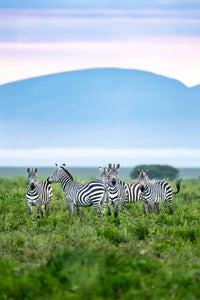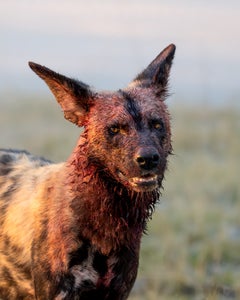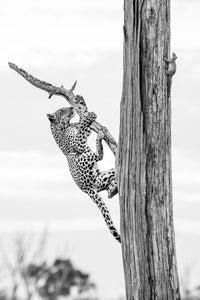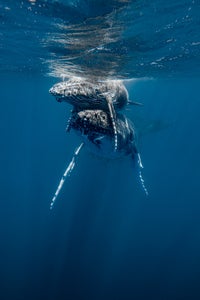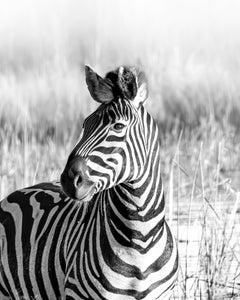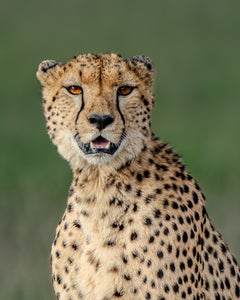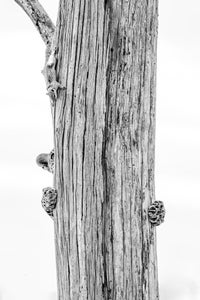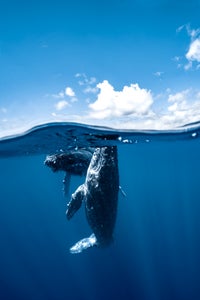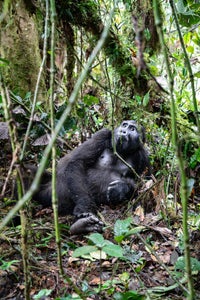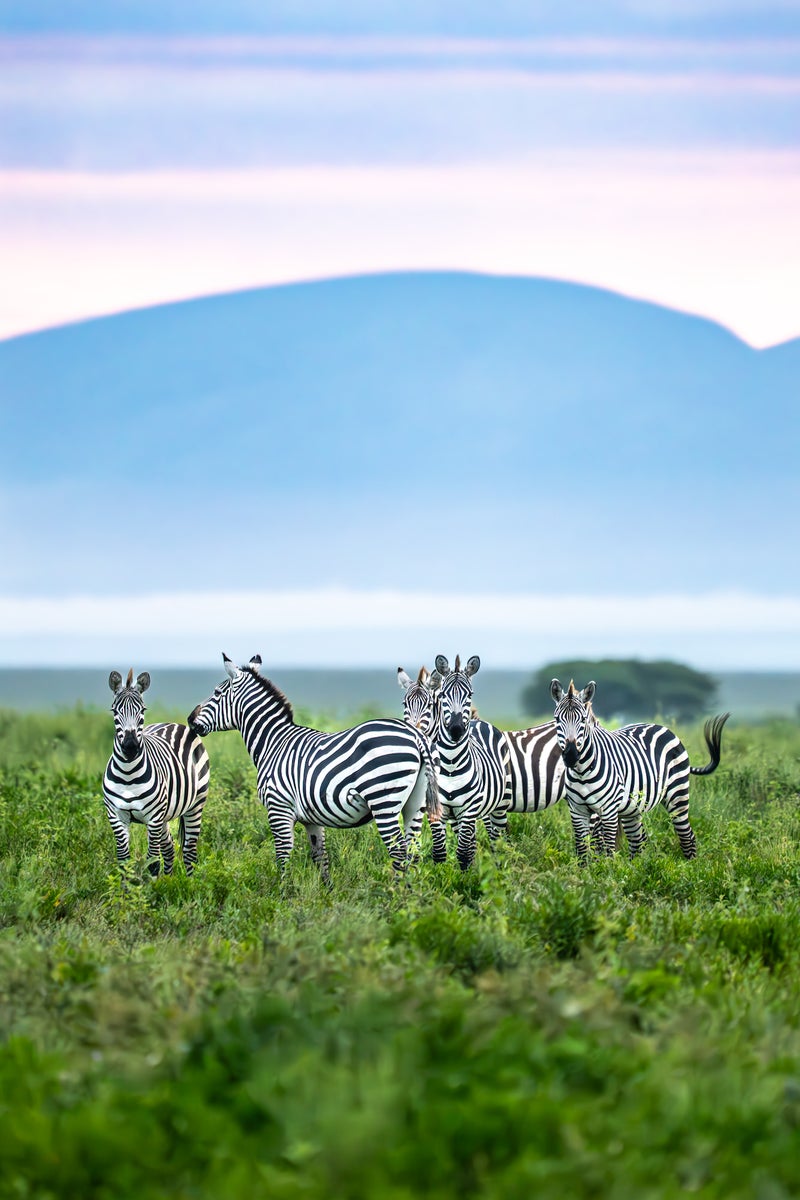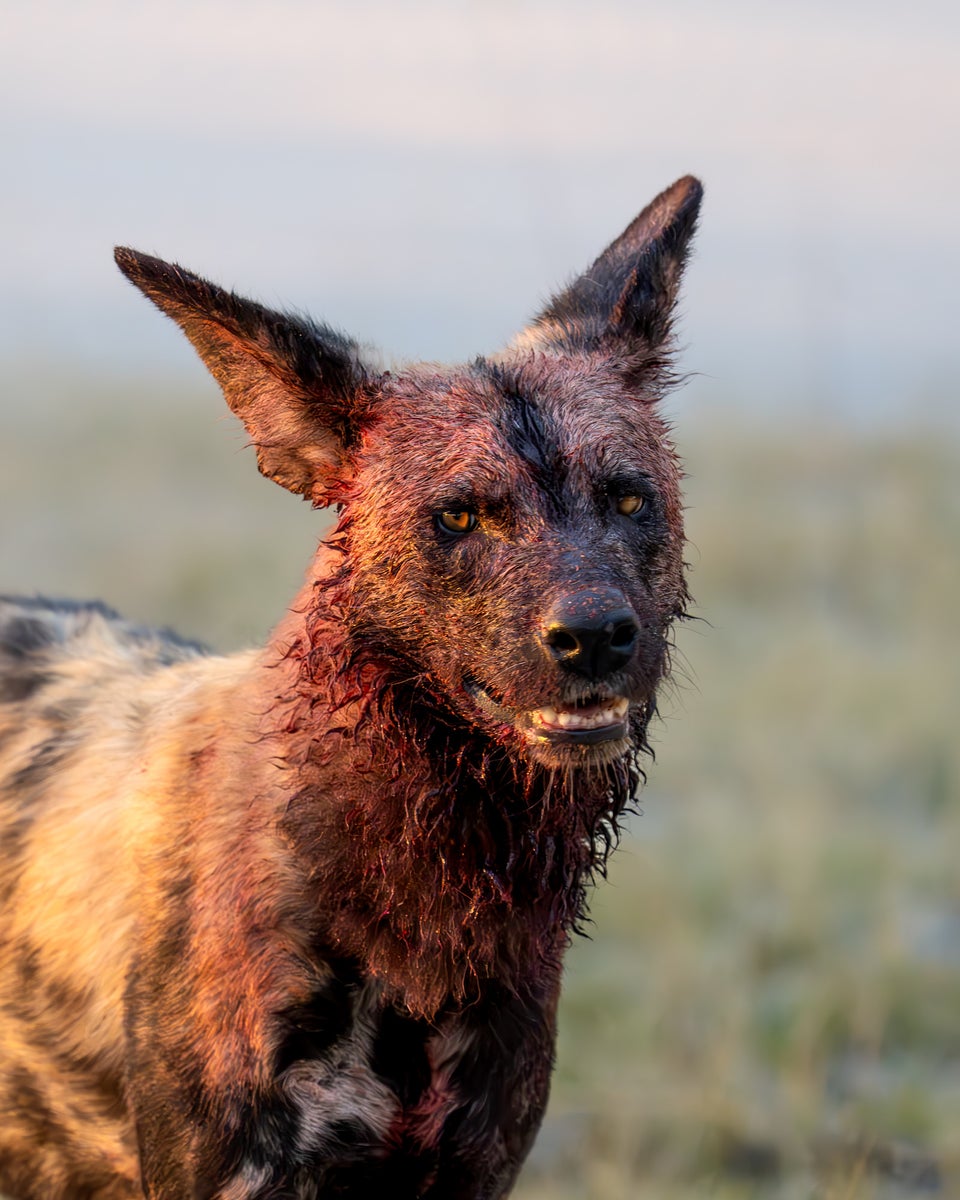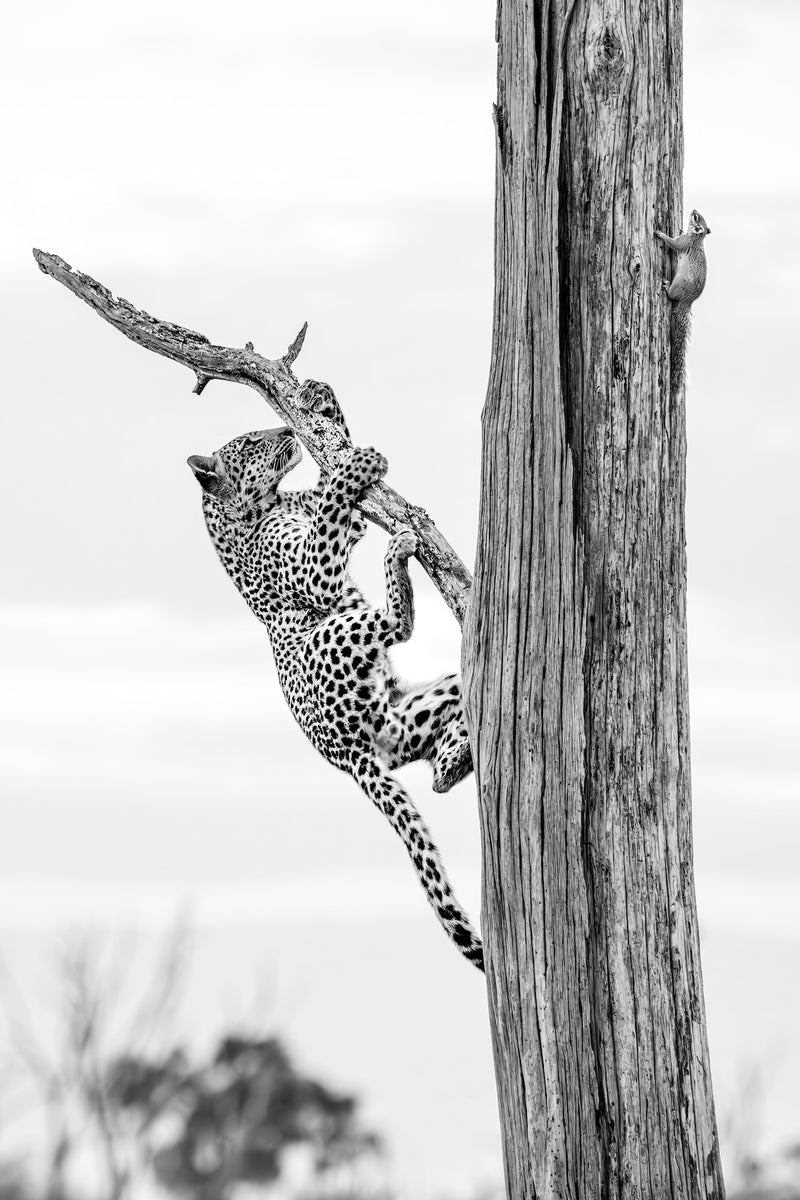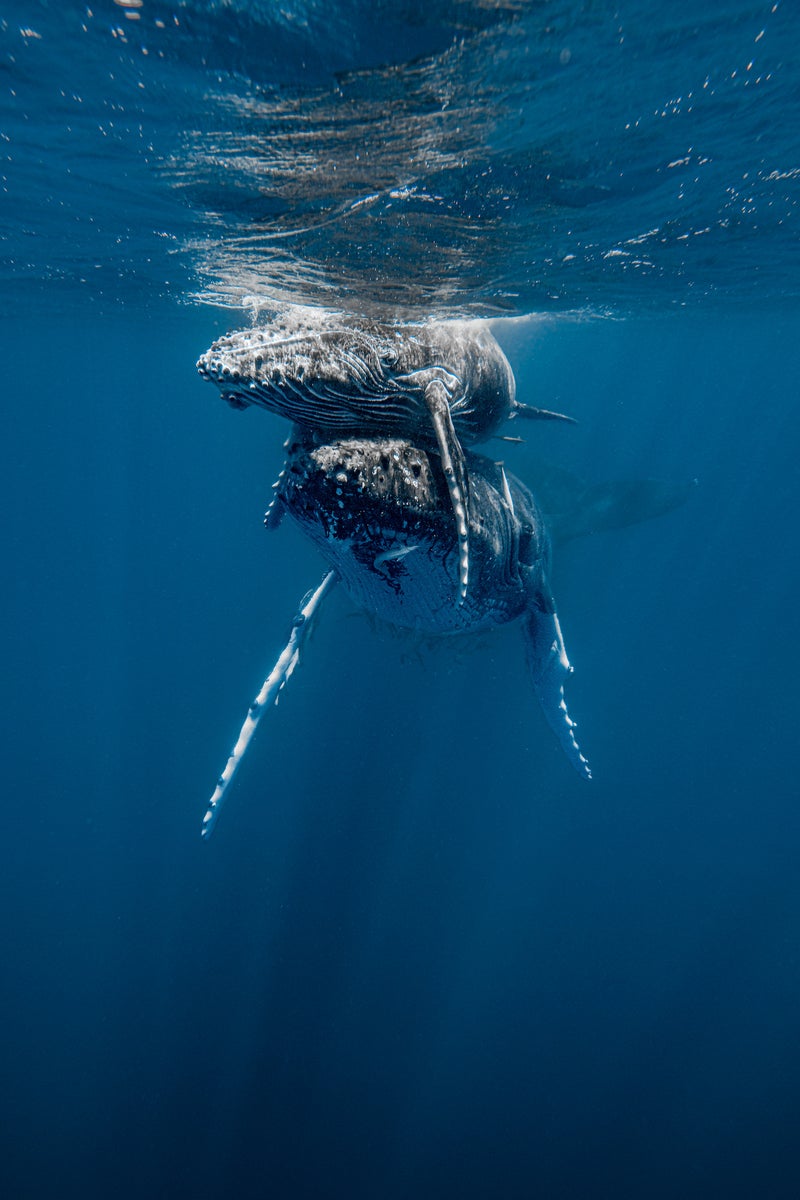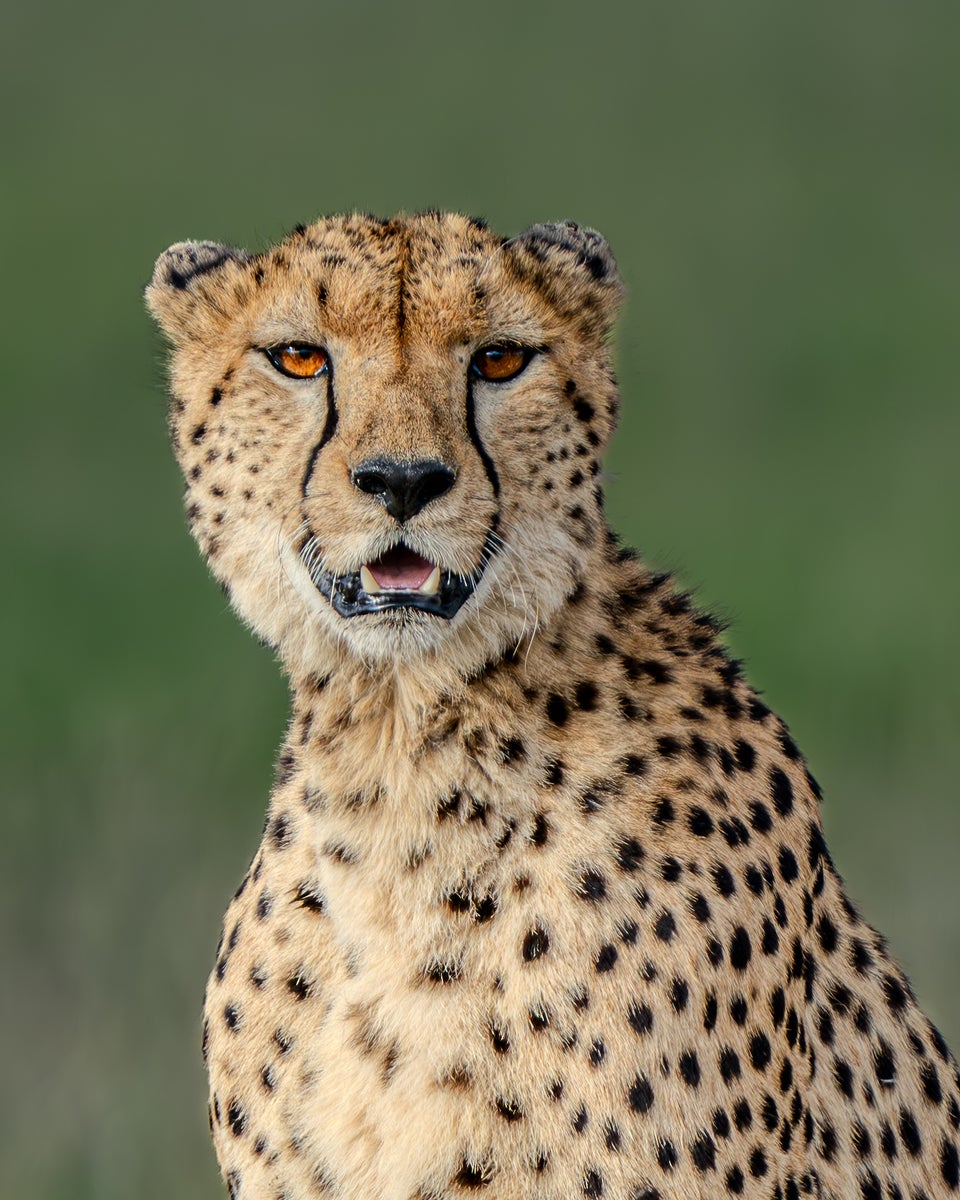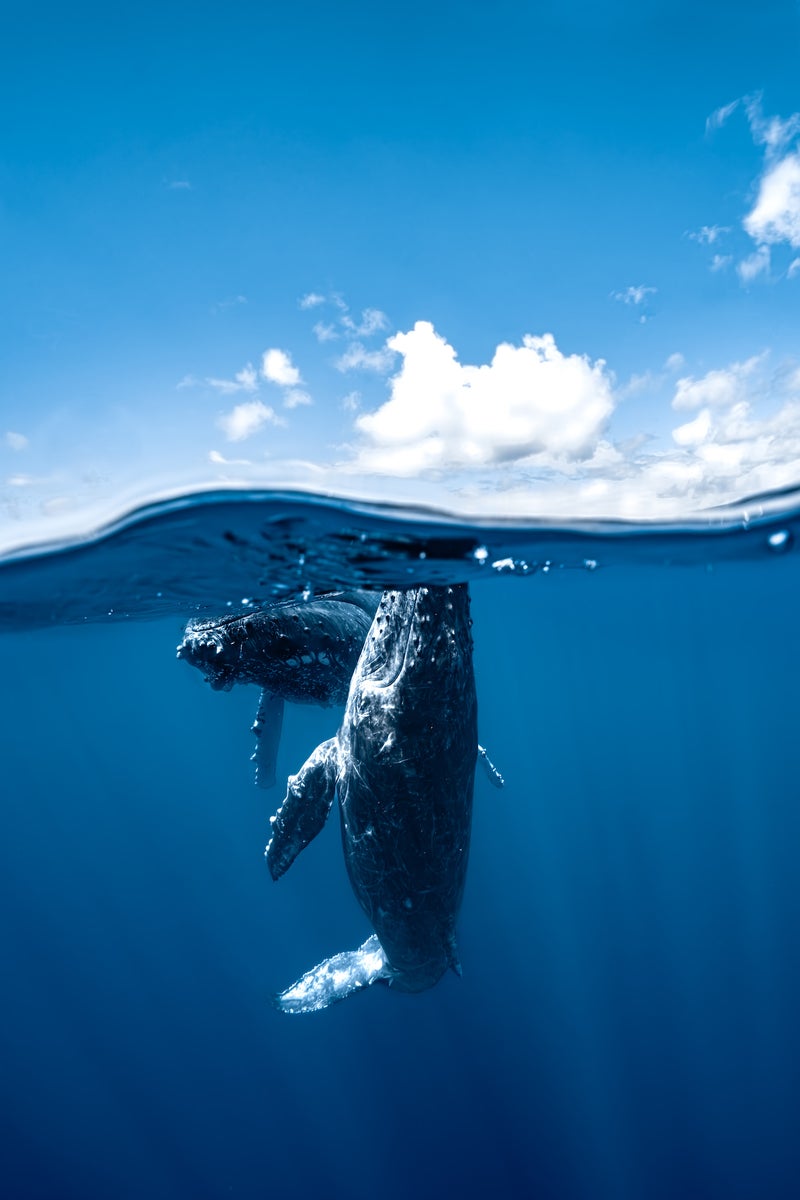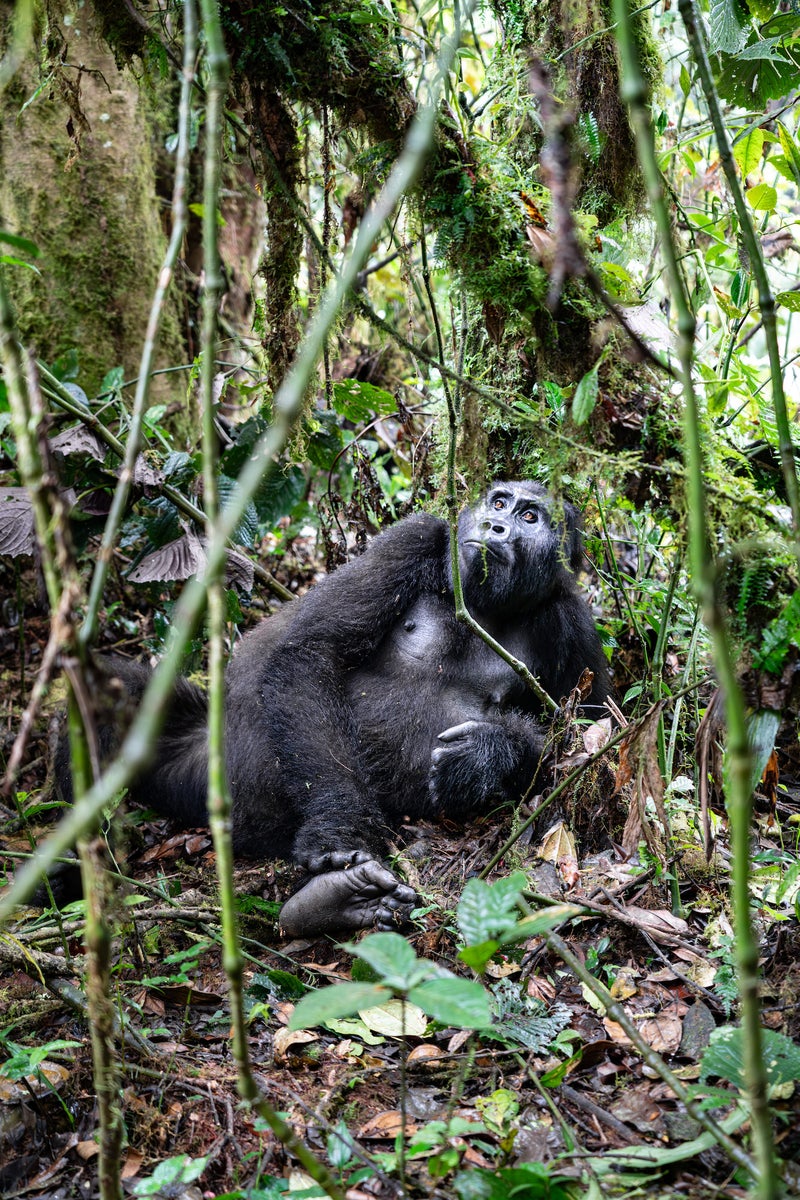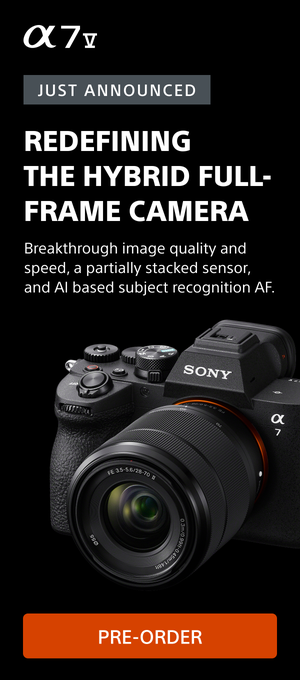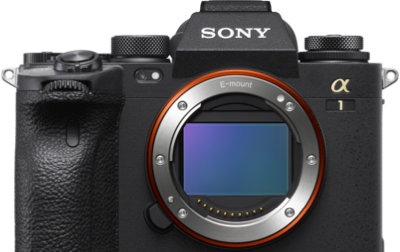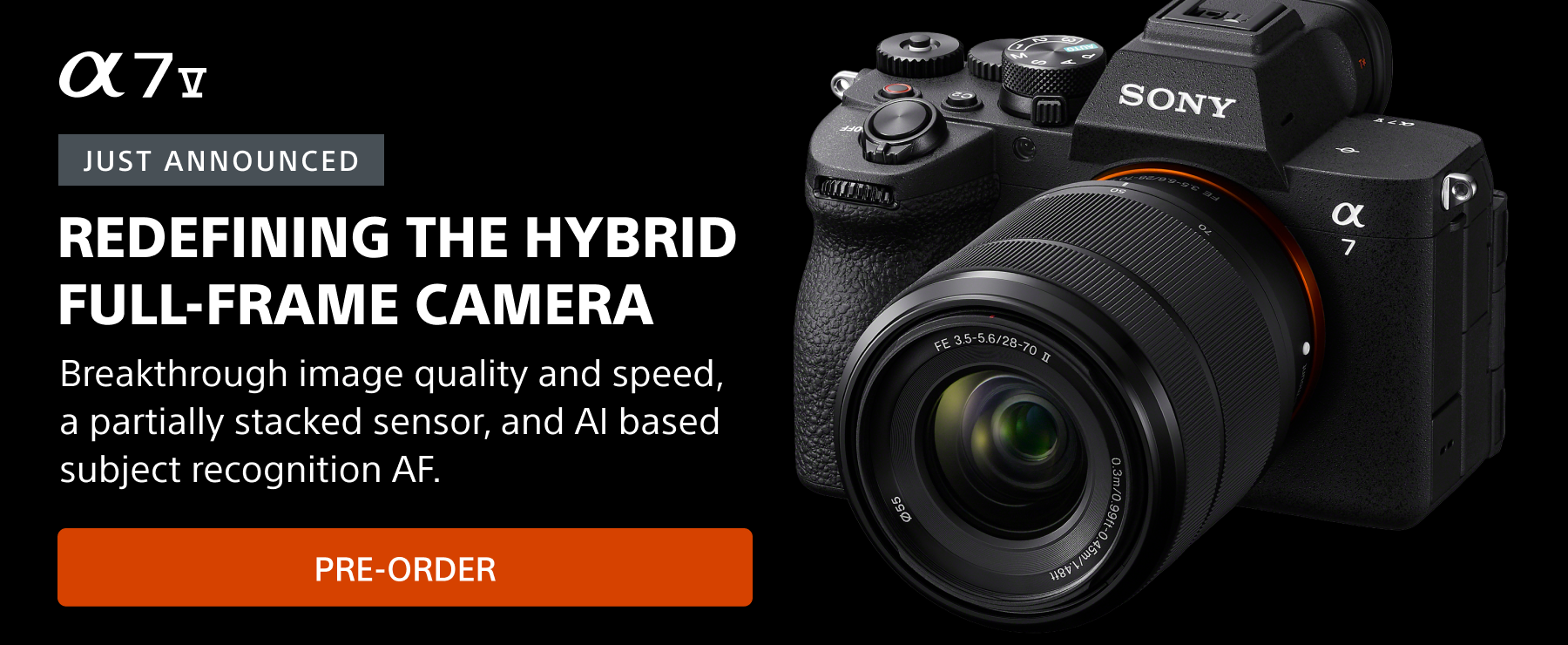Meet Allegra Hutton, a passionate conservation photographer whose love for nature and storytelling ultimately led her to embrace her true calling behind the lens. Now, she combines her science education background with her artistic vision to create compelling narratives that bridge the gap between complex environmental issues and public awareness. We connected with Allegra to learn more about her photography journey, her go-to Sony camera and lenses, and what the Sony photography community means to her.
Read more as Allegra shares in her own words below and ask her your questions in her Alpha Universe Community Forum Takeover all week through January 31.

Photo by Allegra Hutton. Sony Alpha 7R II. Sony 24-105mm f/4 G. 1/200-sec., f/10, ISO 100
Career Snapshot
I like to joke that I probably wouldn’t exist without photography—it’s the reason my parents met. It was the 80s and my dad was a fashion photographer and my mom was a model. All it took was a date set up by the makeup artist on set—the rest is history. That being said, I’ve always loved photography, but I really fell in love with it after a summer in the dark room at age 12. I secretly dreamed of becoming a National Geographic photographer, but all too quickly dismissed my creativity and love of nature for a more traditional job in the classroom (I taught 8th grade science after getting a master's in science education!).
Though my parents always supported me pursuing my dreams, I don’t think I ever truly admitted photography was that dream until more recently. I did what society told me I should be doing and pursued a more reliable/steady career. It was only when Covid hit and my job was lost that I was forced to consider other options—and boy, am I grateful. My love for animals combined with my passion for the environment and photography very quickly led to the beginning of a career in wildlife and conservation photography—and here I am!
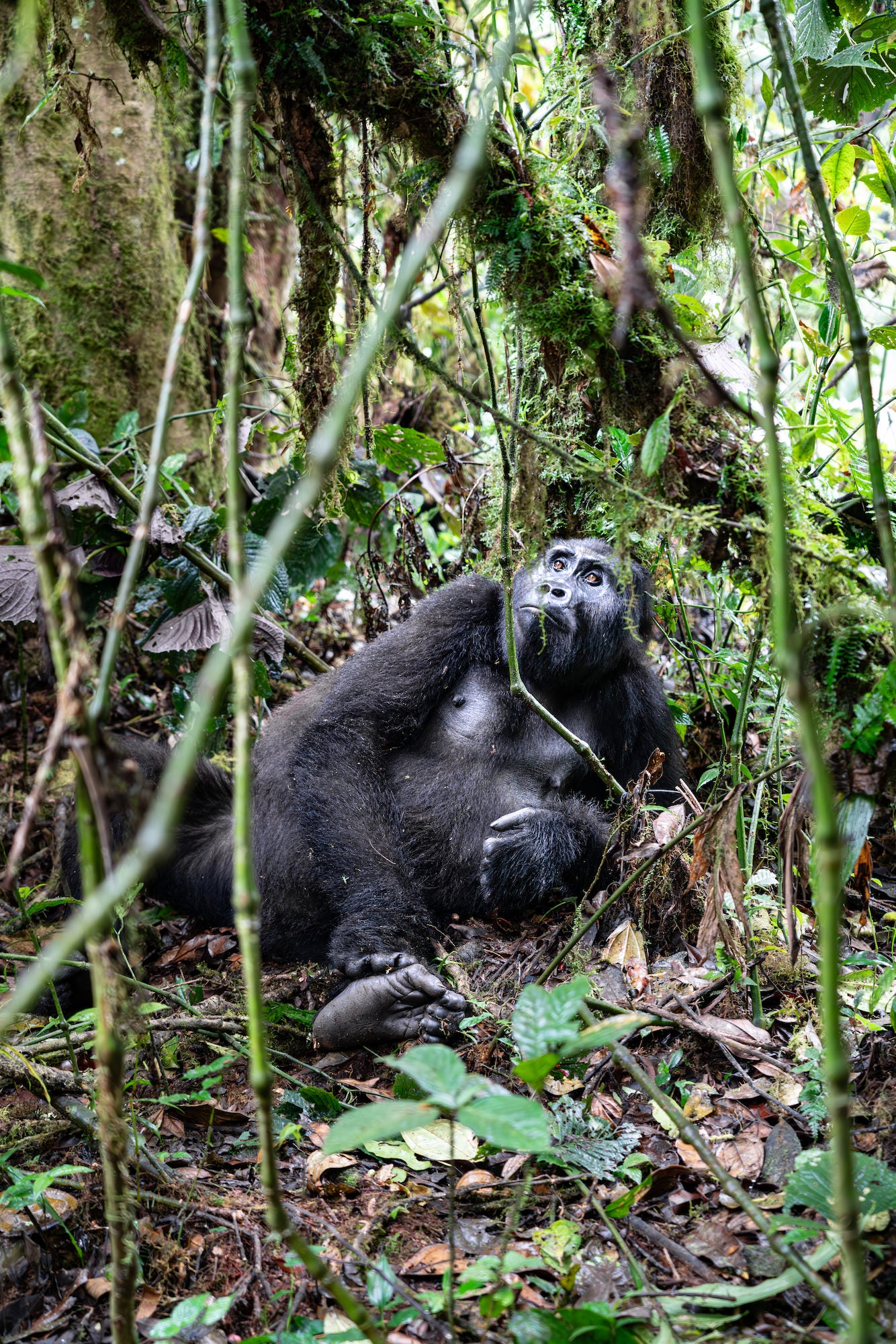
Photo by Allegra Hutton. Sony Alpha 7R II. Sony 24-105mm f/4 G. 1/160-sec., f/4, ISO 5000
Admittedly, I carry a huge amount of imposter syndrome with me. I’ve only just started my career and I have so much to learn. Lucky for me, I happen to love learning! I’ve been really focusing on building my portfolio, but was super excited to work on my first docuseries several months ago. "In Her Nature," is a groundbreaking six part series featuring female conservationists around the globe—filmed by an award winning all-female production team. The series releases in March 2025 with PBS Nature. It was an honor to be part of such an amazing production with other fantastic and talented cinematographers/photographers. I hope to continue to work on projects like this and can’t wait to see what the future holds.
Go-To Sony Gear
My go-to camera is the Sony Alpha 7R V (though I am definitely eying the Sony Alpha 1 II after a small taste at Sony Creative Space!). You really cannot beat the megapixels on this camera (a whopping 61 megapixels!)—and cropping is one of my favorite tools, so megapixels are a must.
If I’m shooting topside—my go to lenses are definitely the Sony 200-600mm f/5.6-6.3 G and the Sony 24-105mm f/4 G. The combination of these two lenses gives me a wide enough range to capture both intimate portraits of wildlife and sprawling landscapes.
Underwater, however, my go-to is my Sony 16-35mm f/4. This in combination with an Ikelite housing and dome port gives me the ability to photograph all sorts of marine life!
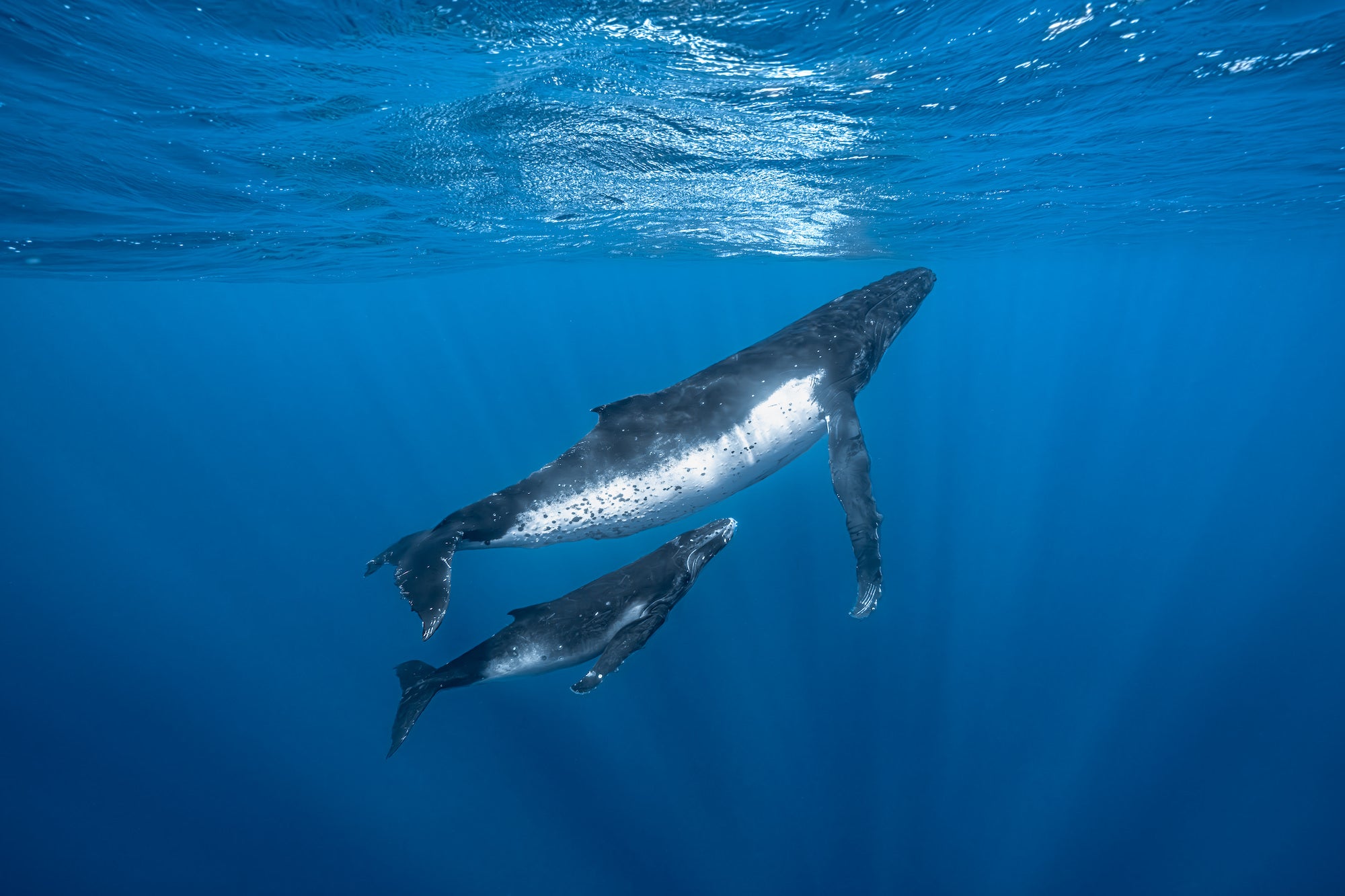
Photo by Allegra Hutton. Sony Alpha 7R V. Sony 16-35mm f/4. 1/250-sec., f/11, ISO 1000
Why Conservation Photography?
I think my favorite thing about photography is that it is both universal and a tool for storytelling. To dive into that a little bit, what really lights me up about what I do is that I get to combine my love for both science and art. My science education background puts me in a unique position to be able to connect the scientific world to the general public through art—a role that seamlessly blends my multidisciplinary background. While scientific research provides data and insights needed to understand and address conservation challenges, it can often be dense or difficult for people to grasp. I can’t tell you how many times I’ve found myself lost in scientific jargon and numbers that could have been simplified and far more approachable (especially through visual storytelling!).
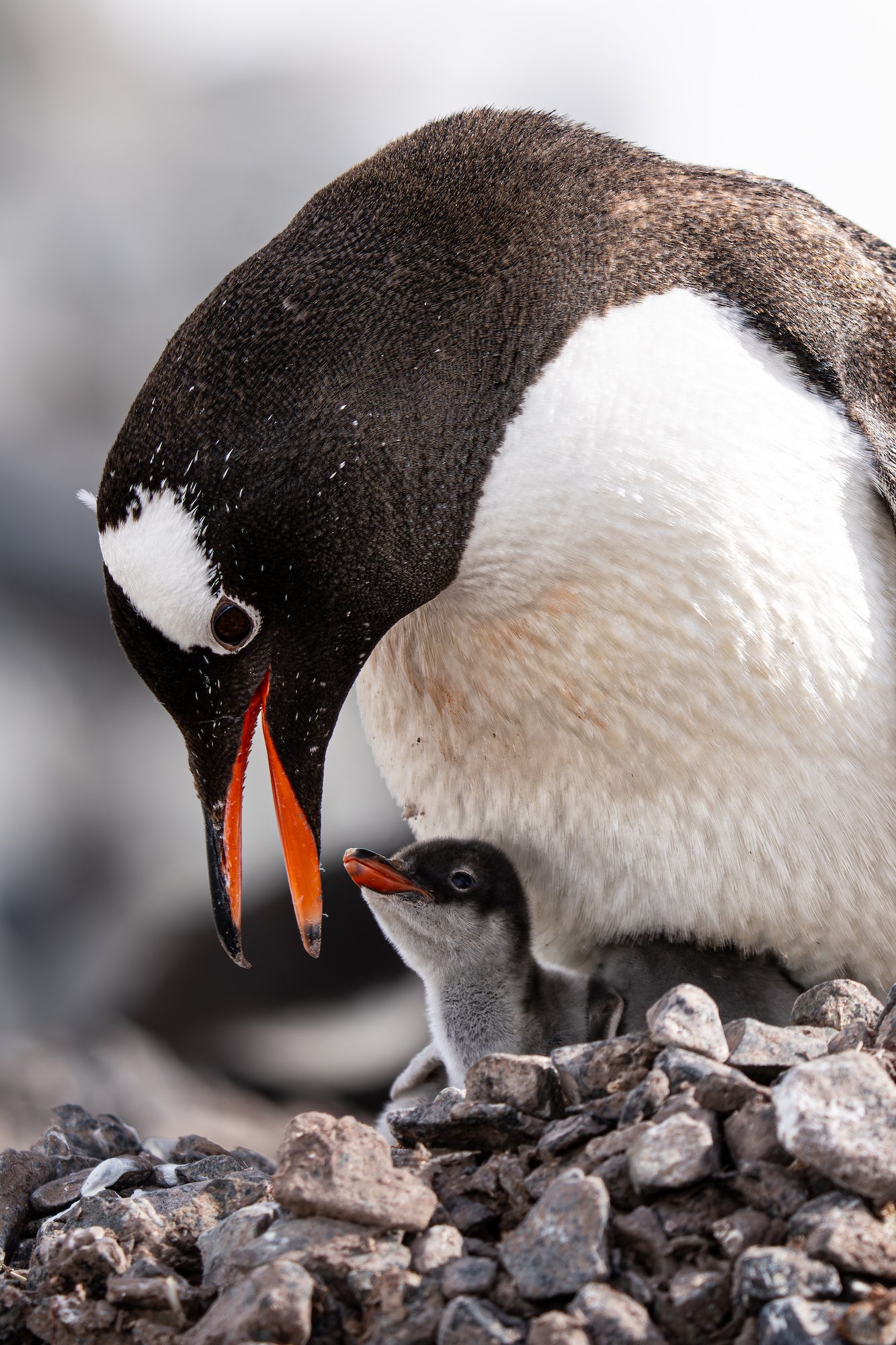
Photo by Allegra Hutton. Sony Alpha 7R V. Sony 200-600mm f/5.6-6.3 G. 1/800-sec., f/6.3, ISO 100
Conservation photography plays a powerful role in bridging the gap between science and the public by making these complex environmental issues more accessible and emotionally resonant. Images of endangered species, fragile ecosystems or the impact of human activity on nature bring abstract statistics to life, showing the stakes in a tangible, relatable way. These visuals transcend language barriers, capture attention, and spark empathy in a way that raw data simply cannot.
I believe storytelling is the most effective and powerful tool we have to create change. It’s what connects people, inspires ideas, and is vital for not only communication, but also education. As a former educator, I’ve seen this firsthand.
Greatest Challenges In Conservation Photography
There are several challenges to conservation photography. First and foremost, working with wildlife is always unpredictable. It can take hours of patience to get the shot—and more often than not, it doesn’t work out. There are so many variables that all need to line up, but when they do—it’s magic (and suddenly those six hours of trekking through thick forest are worth it!).
Another challenge in this industry and something that is very important to me, is making sure that I’m photographing wildlife in an ethical way. Whether that means respecting the wildlife or the locals—I want to make sure it’s done right. Ethical storytelling is high on my list of priorities.
And finally, one of the biggest challenges in conservation photography (or perhaps my biggest fear?) is producing images that people actually feel connected to—images that will make a difference. With photography being an art, it’s very subjective—so not everyone is going to relate to or even like your work and that's definitely a hard pill to swallow). What’s impactful to me could be totally different for someone else, which is also the beauty of it.
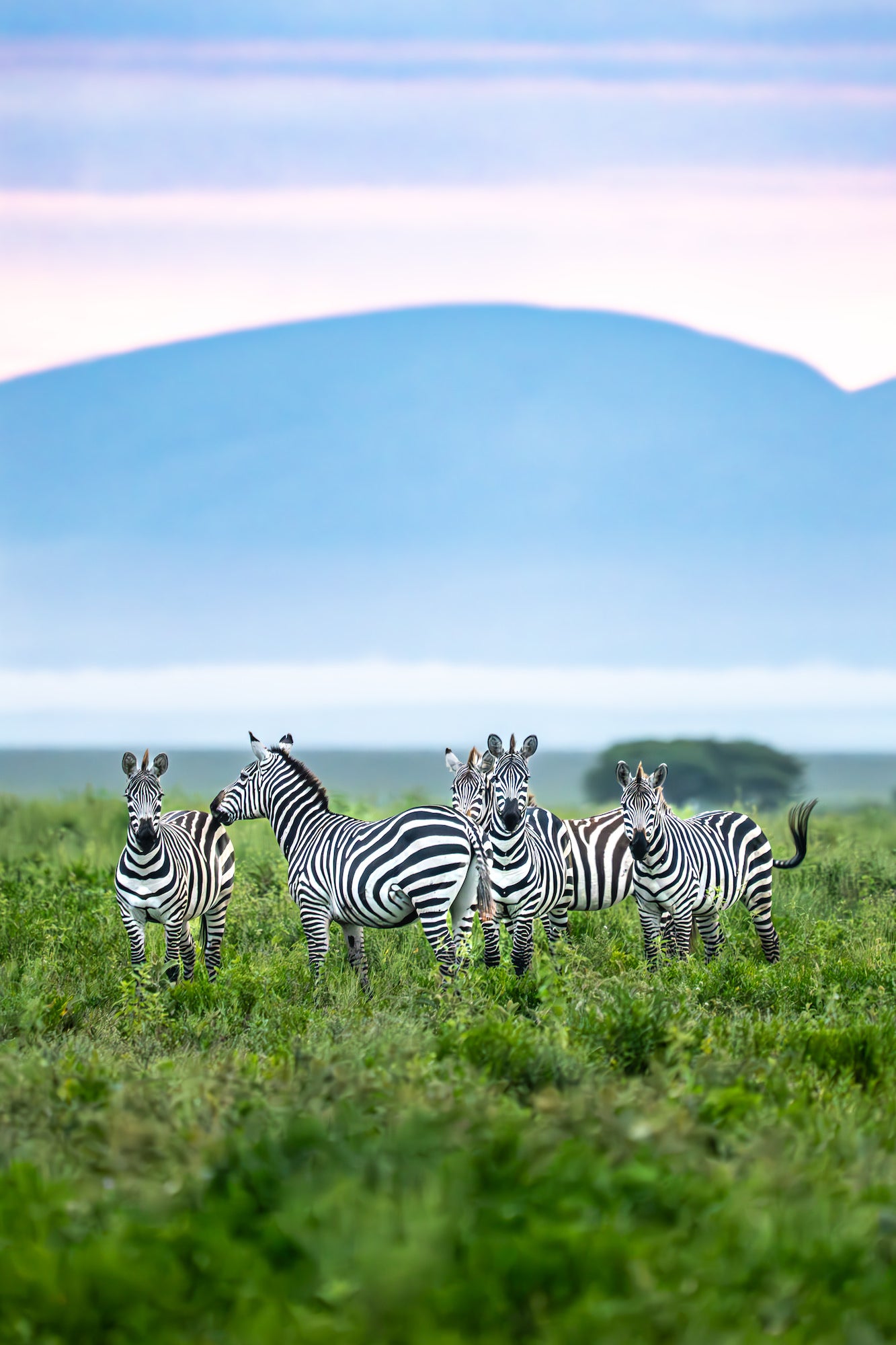
Photo by Allegra Hutton. Sony Alpha 7R V. Sony 200-600mm f/5.6-6.3 G. 1/500-sec., f/6.3, ISO 5000
Photography & The Sony Alpha Community
To me, life is all about connectedness–and the same goes for photography. That’s what we all really want, right? To feel connected. So, simply put, my hope is that my photography/visual storytelling helps people feel more connected. If I can get the viewer to feel connected to my images, to the people around them, to the planet, and even to themselves, then I am doing something right.
Being part of the Sony Community has been a huge part of that sense of connectedness. Community is vital for creators because the act of creation is, at its core, an act of connection. Through photography we strive to express ideas, emotions, and experiences in ways that resonate with others. A supportive community amplifies this connection, providing creators with the encouragement, feedback, and shared purpose that fuel their work.
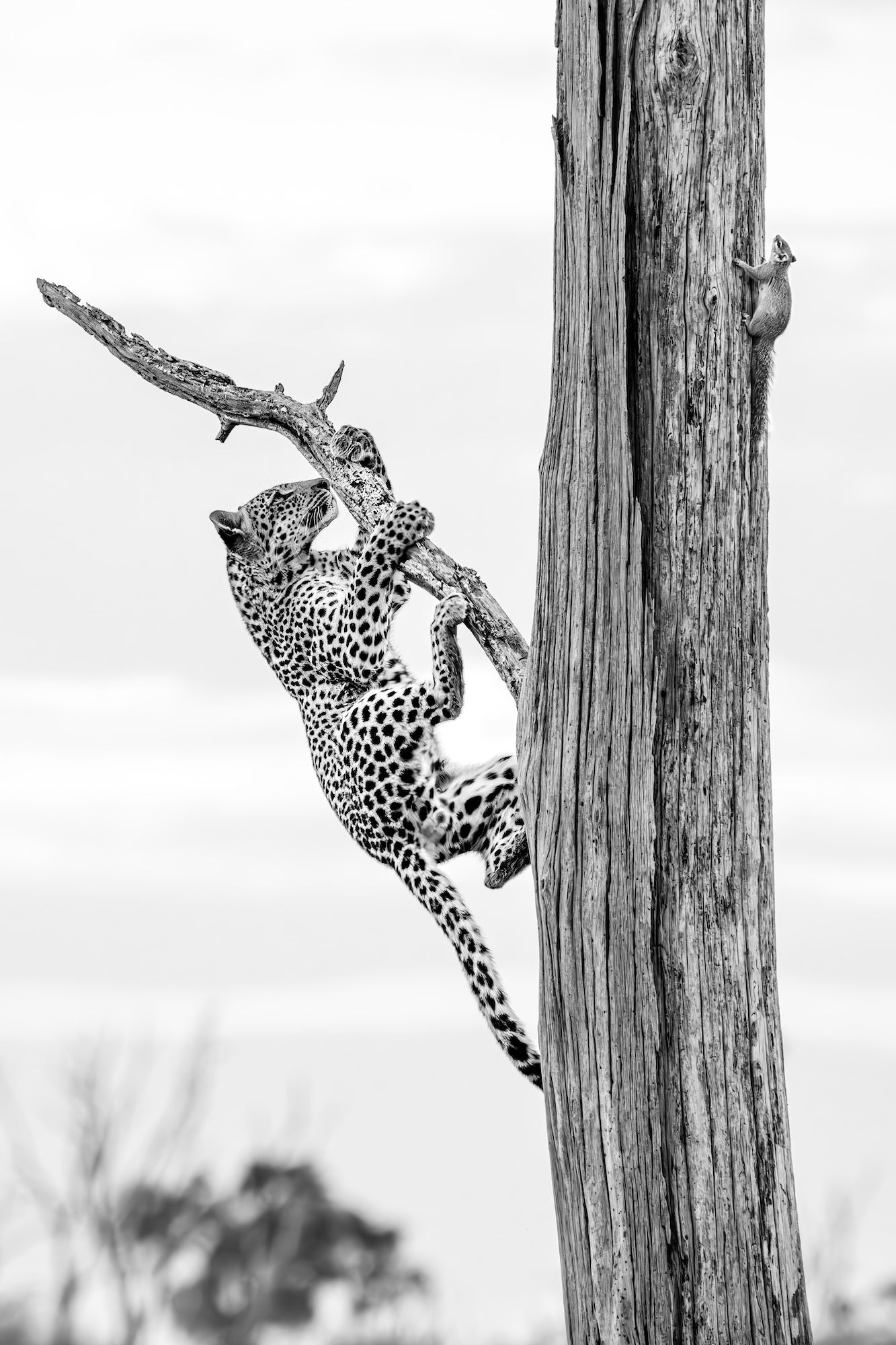
Photo by Allegra Hutton. Sony Alpha 7R V. Sony 200-600mm f/5.6-6.3 G. 1/640-sec., f/11, ISO 2500
When creators engage with their community, they not only find inspiration but also build relationships that add depth to their craft. I’ve found this to be especially true in the Sony Alpha/Alpha Female community. Sony Alpha Female is a space for mutual growth and dynamic exchange where creators can inspire, challenge, and most importantly elevate one another. Ultimately, creating in isolation can feel hollow, but when work reaches others, it transforms into a shared experience, reminding everyone of the power of human connection. I am so grateful for Sony Alpha and all the connections it has brought me.
See more of Allegra Hutton's work on Instagram @allegrahutton and at allegrahutton.com.
